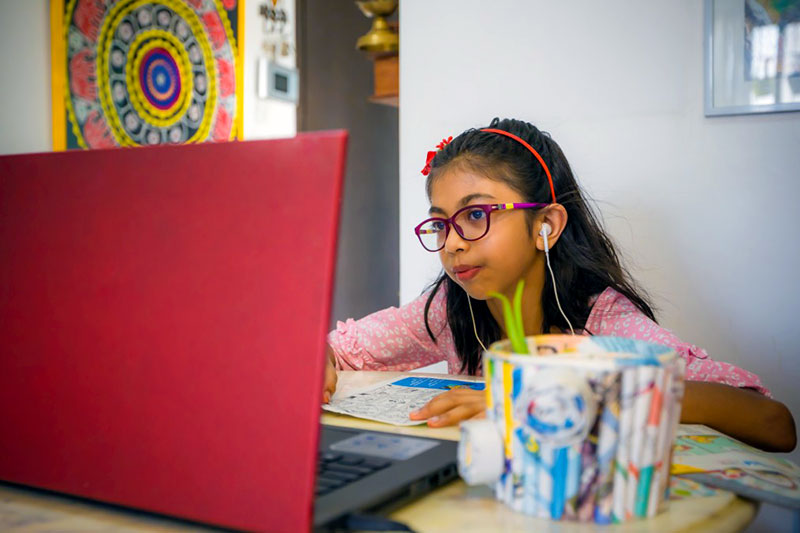
As a new school year begins, students, faculty, and parents face a school unlike any they have ever known. Facing unique challenges becomes even more daunting for students also dealing with hearing impairments. While meant to keep people safe, many new requirements can also create difficulties for the deaf or hard of hearing. However, these challenges come with new opportunities to help these students thrive while also staying within the limits of changing public health measures. If you are unsure of what to be aware of, we have compiled this set of tips to help you be in the know as we adjust to new sets of guidelines for students with hearing impairments.